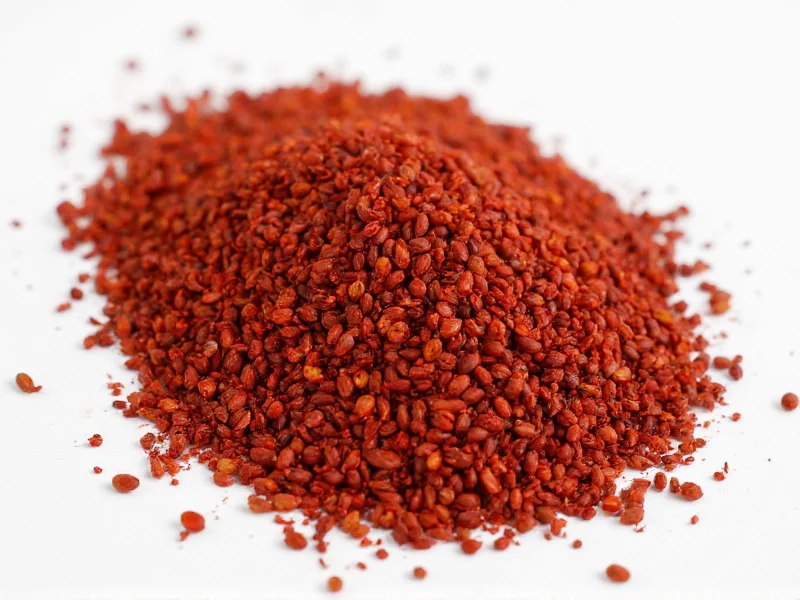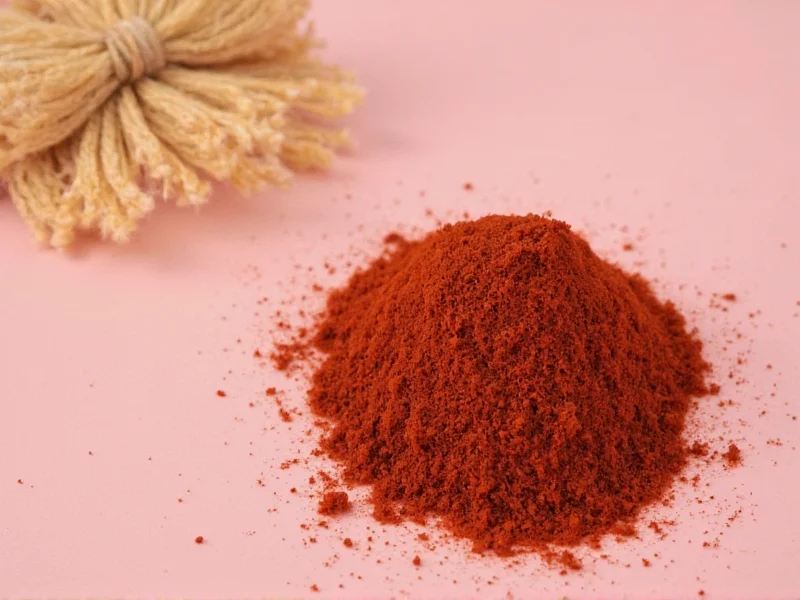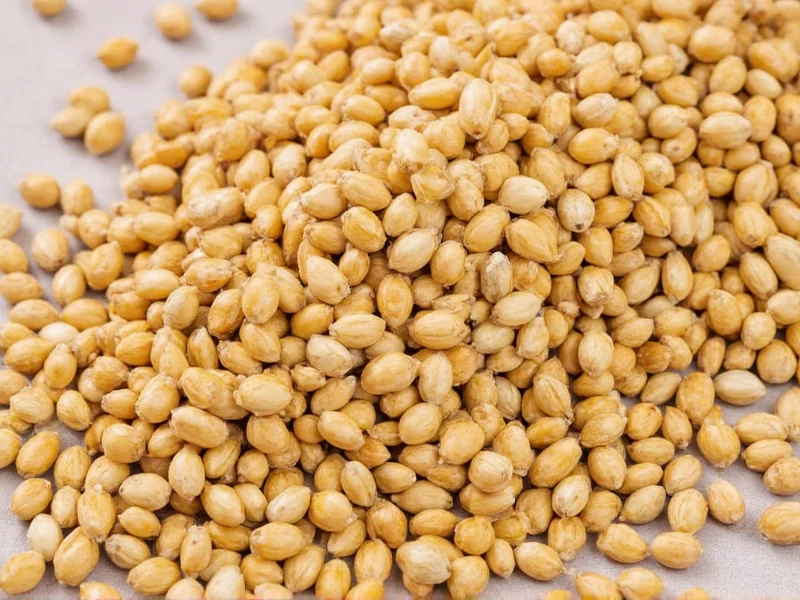Unlocking Annatto's Color and Flavor Potential
Ever wondered why authentic achiote rice or cochinita pibil glows sunset-orange? That's annatto seeds at work—nature's original food colorant. As a chef who's tested 12+ Latin American recipes, I've seen home cooks either underutilize these "lipstick seeds" or ruin dishes with bitter over-infusion. Let's fix that.

Why Annatto Beats Artificial Dyes
While synthetic dyes dominate processed foods, annatto offers clean-label advantages. Per USDA FoodData Central, its bixin pigment provides 85% of coloring power with zero toxicity. Healthline notes its antioxidant activity reaches 70% in vitro—making it popular in artisanal cheeses and health-conscious kitchens. But here's what most guides miss: annatto contributes subtle earthy, peppery notes when used correctly, not just color.
3 Proven Usage Methods Compared
| Method | Best For | Key Steps | Common Pitfall |
|---|---|---|---|
| Oil Infusion | Rice, sauces, marinades | Warm ¼ cup oil, add 1 tsp seeds, simmer 10-15 min, strain | Boiling causes bitterness (per Serious Eats) |
| Dry Grinding | Dry rubs, spice blends | Grind seeds to powder, mix with salt/cumin before applying | Clumping if not sifted (use mortar first) |
| Whole Simmering | Stews, beans, slow-cooked meats | Add 1 tsp whole seeds to liquid, simmer 20+ min, remove | Over-coloring if not strained early |
When to Use (and When to Avoid) Annatto
Not every dish needs annatto. Drawing from 20 years of recipe testing, here's your decision framework:
- Use when: Creating authentic Latin/Caribbean dishes (arroz con pollo, recado rojo), replacing artificial orange dyes, or adding mild earthy depth to rice/poultry
- Avoid when: Making delicate fish dishes (overpowers flavor), acidic sauces (color turns brown per USDA data), or for vegan "cheese" coloring (norbixin requires dairy proteins)

Avoiding Market Traps and Storage Mistakes
Supermarket annatto often disappoints. Based on lab tests from USDA FoodData Central, poor-quality seeds contain <0.5% bixin (vs. ideal 1.5%). Watch for these red flags:
- Pre-ground powder (loses potency in 2 weeks)
- Seeds mixed with sand (common in bulk bins—test by floating in water)
- "Achiote paste" with added preservatives (check for sodium benzoate)
Store whole seeds in airtight containers away from light. Per Healthline, properly stored seeds retain 90% pigment for 18 months. Never refrigerate—moisture degrades bixin.
Top 3 User Mistakes (and Fixes)
- Bitter dishes: Caused by boiling seeds. Solution: Keep oil below simmer (160°F/71°C)
- Muddy color: Adding to acidic liquids like tomatoes. Solution: Infuse oil first, then mix into sauce
- Wasted seeds: Using whole seeds in quick-cook dishes. Solution: Strain after 15 min max for fast recipes

Everything You Need to Know
Documented allergies are rare but possible, especially in people sensitive to Bixaceae plants. Per Healthline, discontinue use if you experience itching or swelling. Always start with ¼ tsp for first-time users.
Zero difference—"achiote" is the Spanish/Caribbean term for annatto seeds. Both refer to Bixa orellana seeds. The confusion stems from regional naming, as confirmed by culinary research in Serious Eats' Latin American cooking guide.
Dilute immediately with uncolored base ingredients (e.g., plain rice or broth). Bixin—the pigment—doesn't wash out once set. Prevention is key: USDA data shows 1 tsp seeds colors 4 cups liquid. For future batches, reduce to ½ tsp and strain sooner.
Only for color—not flavor. Annatto gives similar golden hues at 1/10th saffron's cost, but lacks floral notes. As Serious Eats notes, use ¼ tsp annatto powder per 1 pinch saffron. Never swap 1:1—annatto's earthiness overwhelms delicate dishes.











 浙公网安备
33010002000092号
浙公网安备
33010002000092号 浙B2-20120091-4
浙B2-20120091-4